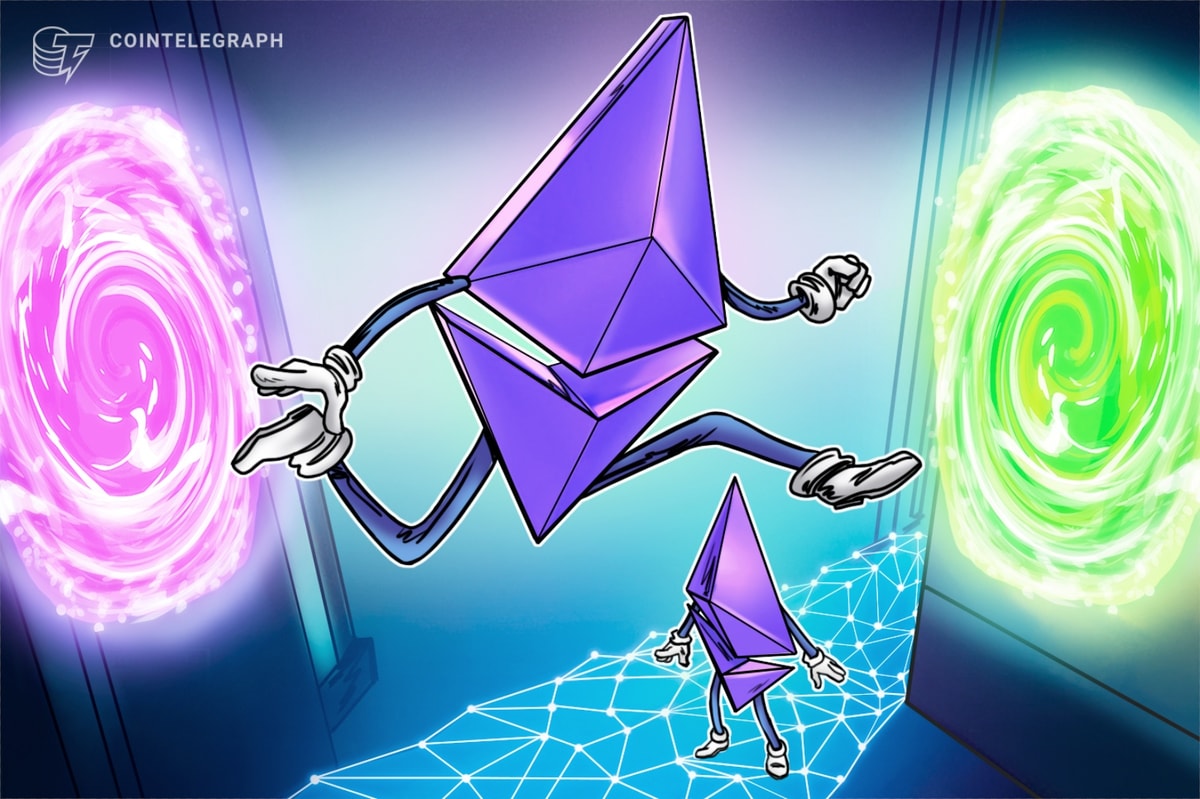The gaming industry is huge. In 2024, its global revenue was estimated at nearly 455 billion US dollars. Mobile gaming made up almost 100 billion of that. But gaming isn’t just about fun. It’s also really good at keeping people engaged. Players stay hooked because of smart design, rewards and interactive experiences.
Businesses in other industries are catching on. From retail to education, they’re using gaming tricks (gamification) to boost customer engagement. Loyalty programs, instant rewards and interactive features are everywhere.
What can businesses learn from this industry?
Gamification: Turning everyday interactions into engaging experiences
Gamification means adding games or game-like elements to something to encourage participation. It works. Points, levels and rewards. They all keep people engaged. And businesses are starting to adopt it too. The aim is to boost customer loyalty and make their experiences more interactive.
Take retail, for example. Brands like Costa and Nike use points, badges and exclusive rewards to encourage repeat purchases. The more you buy, the more you get. In education, platforms like Duolingo keep learners motivated with streaks, leaderboards and progress tracking.
This has been around for a while with entertainment platforms. Online casinos, for example, have loyalty schemes, challenges and achievements within the best casino games to keep players (and their money) coming back.
It may seem a difficult concept at first as a business owner but once you’ve figured out how to gamify experiences, you won’t look back.
The power of instant feedback and rewards
People love rewards. Especially if they’re instant. This extrinsic motivation keeps you engaged. That’s why businesses that use real-time feedback have more customers returning.
In e-commerce, websites create excitement with limited-time discounts and flash sales. They send a pop-up or push notification when an item is almost sold out. They use urgency to push you to buy there and then.
Fitness apps like Strava and Garmin work in a similar way. They track progress, give you achievement badges and celebrate your milestones so you’re motivated to keep using them.
Community and social engagement – Collaborative and competitive features
Most people love to connect. That’s why businesses use social features. On social media and e-commerce sites, referral programs, interactive polls, and influencer challenges turn simple actions into shareable experiences. For businesses, this develops brand awareness.
Gaming has nailed this. Players stay engaged through friendly competitions with rankings and leaderboards. Businesses can take a page from this playbook by adding referral rewards, interactive challenges, or team-based incentives.
Conclusion: How businesses can learn from gaming
Gaming isn’t just about fun. And the gaming industry isn’t just there to entertain customers. It’s about keeping people engaged and making a profit from them. Businesses can use strategies from the gaming industry like gamification, instant feedback, and social elements to create more exciting user experiences. Retail, education and finance are already using these tactics to boost loyalty and keep customers coming back. From reward programs to real-time feedback and social challenges, these methods can be tweaked to work across all industries.
Businesses that focus on engagement are likely to stay ahead of the game. No pun intended. The more interactive and rewarding an experience feels, the more customers will want to be a part of it.








